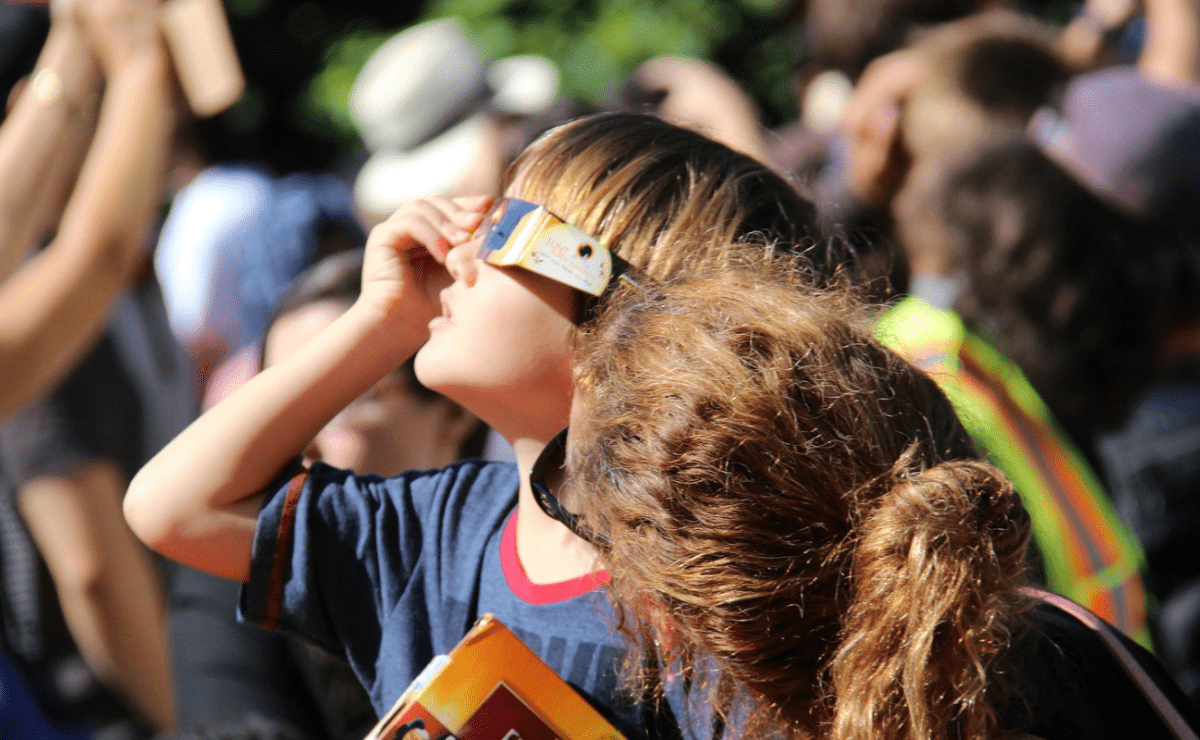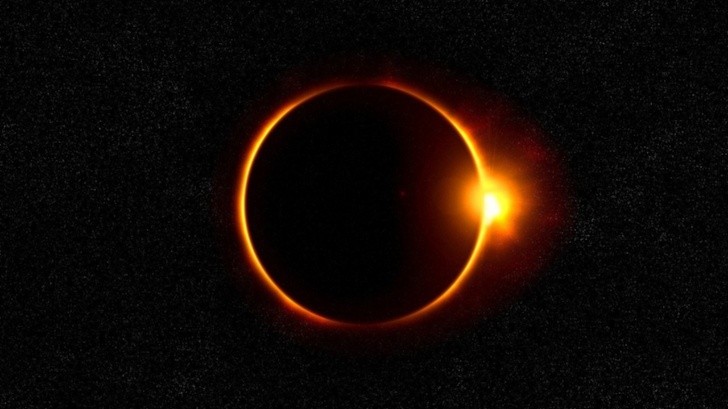
The moon is 400 times smaller than the sun but because it is closer to the earth when aligning it can make the day turn into night due to the total eclipse of the sun.
This 2020 is one of the most disturbing years due to the pandemic that hit the world and that has not yet disappeared, to say goodbye to the year on December 14, the last solar eclipse will occur that you will surely want to see.
For many people, these natural phenomena are the most fascinating, but where and at what time can the next solar eclipse be seen? This is because depending on the geographical area where it will begin, we can appreciate it or not.
According to NASA, this total solar eclipse can be seen mainly in some regions of Argentina and Chile where for a few minutes the day will turn into night after the passage of the new moon across the face of the sun.
It may interest you: December 13: the most amazing meteor shower of the year

It will also be seen partially in the Pacific, South of South America and Antarctica, in the case of Mexico it will not be possible to appreciate in fact the only way to see it is through the live transmission that NASA will offer.
“The hour-long Spanish-language program,“ South America’s Total Solar Eclipse of 2020, ”will air at 10:30 am EST. Two NASA scientists, Yari Collado-Vega and Bea Gallardo-Lacourt, will provide comments during the eclipse broadcast. The total eclipse can be seen during the program, at 11:02 am EST, "says the NASA statement.
At approximately 2:38 a.m. Mexico time is when we will be able to see this event on NASA Television and the public channel on the agency’s website , although we do not have to feel it or observe it in person, it is interesting to know that this phenomenon does not will repeat in a few months.
Experience the magic of a total solar eclipse! ☀️����
On Dec 14, 10:30 am ET, we offer you a program about the eclipse of South America with experts from @NASASun and live images of the eclipse provided by @ucatolica .
Participate using #preguntaNASA https://t.co/5rpz7Z5WSA pic.twitter.com/H8tbHl8Adr– NASA in Spanish (@NASA_es) December 11, 2020
If you live mainly from Chile and Argentina you should know that to observe it you must wear eclipse glasses if you want to look at the Sun, or use an alternative indirect method. Only during the totality is it safe to look directly at the Sun, do not use sun glasses, experts recommend.
"During the brief period of time in which the Moon completely obscures the Sun, the so-called period of totality, it is safe to look directly at the star king, but it is crucial that you know when to look away and put your glasses back on," emphasizes the POT.
It is said that in total the whole process will last around 24 minutes as highlighted by astronomer Tania de Sales Marques, from the Royal Greenwich Observatory in London, UK to the BBC.
